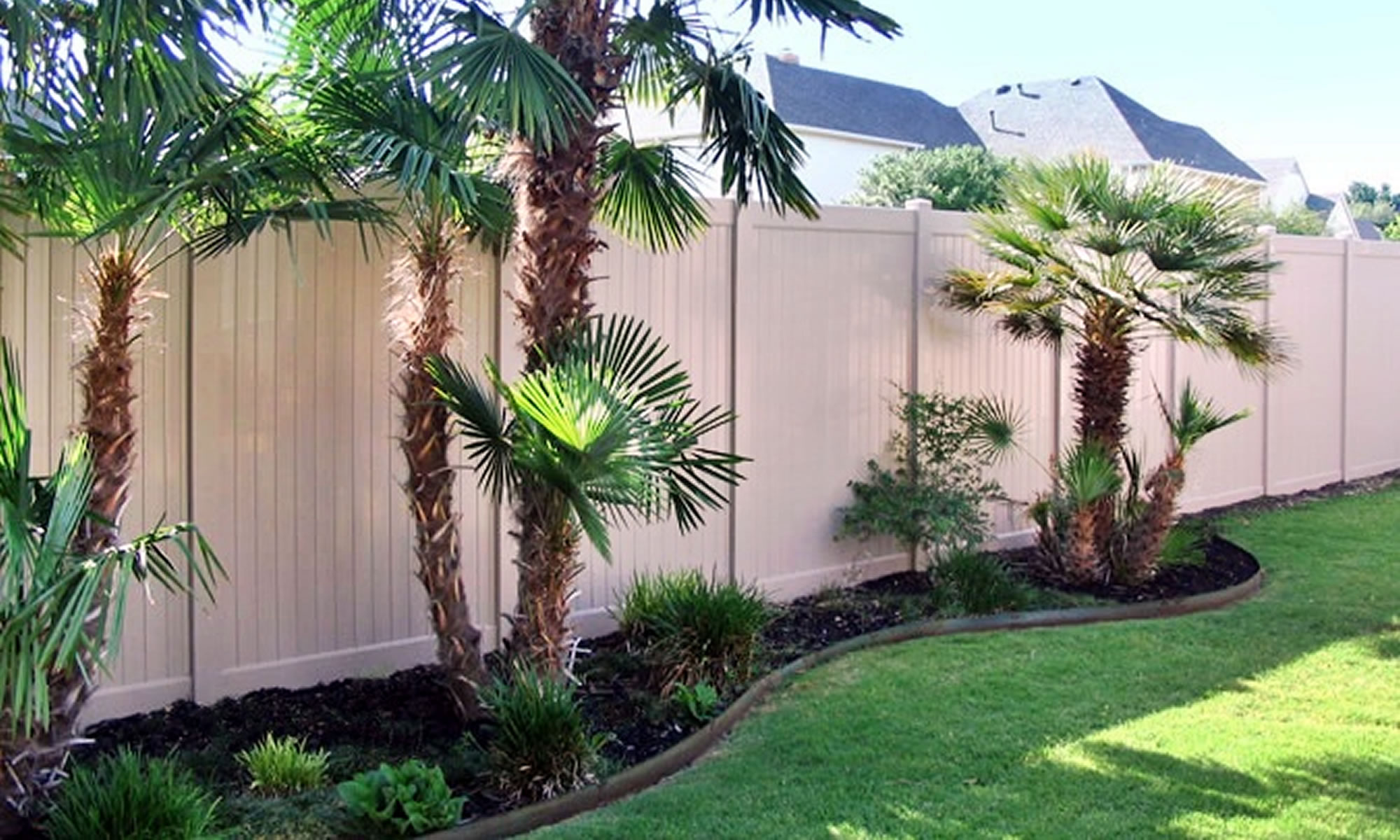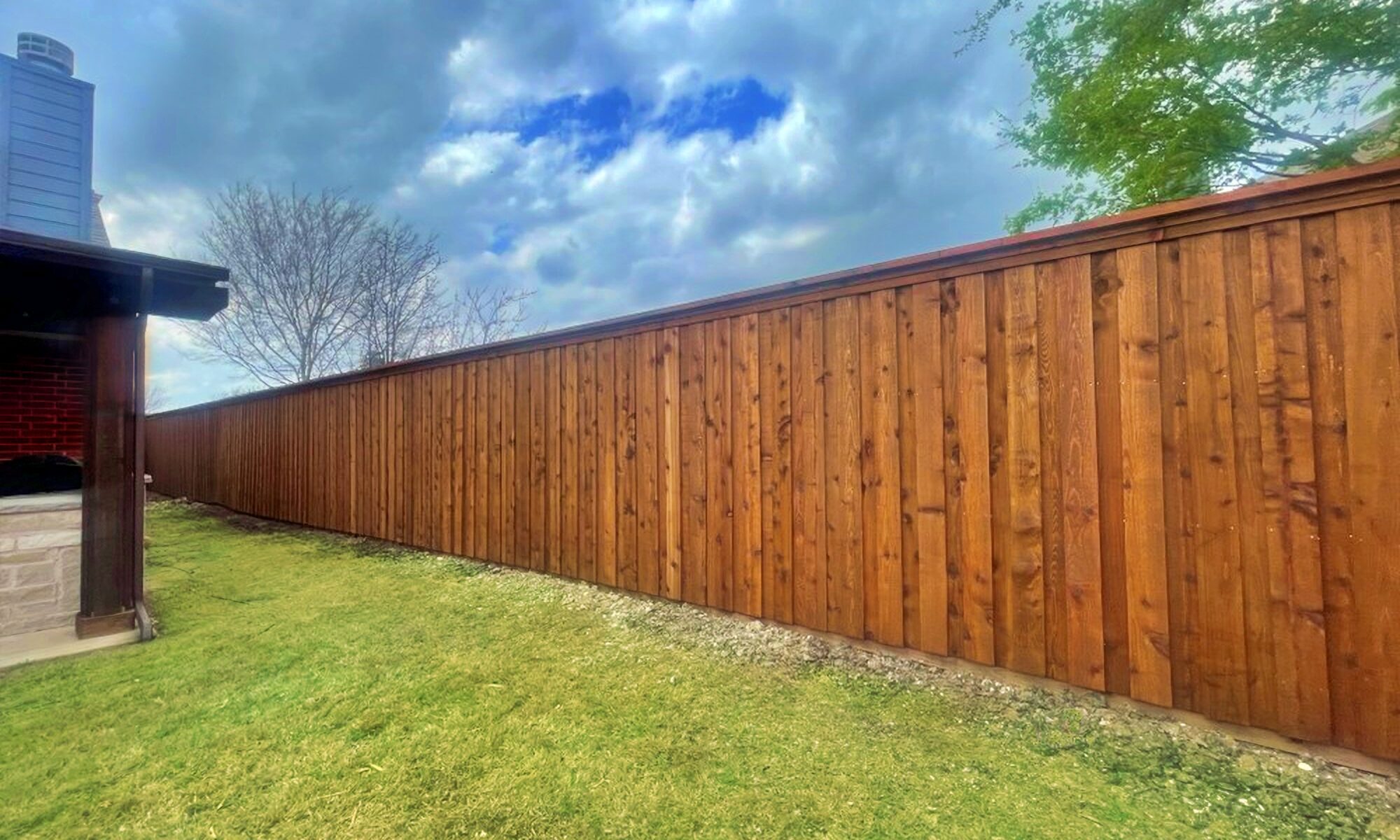Wood Fence Maintenance Made Simple: DIY Strategies
It’s easy to overlook the importance of fence maintenance when you get distracted by everyday life. Yet, caring for your fence through consistent upkeep can significantly prolong its lifespan. While wooden fences may require more attention compared to other materials, maintaining them isn’t overly burdensome. Whether your fence is new or has aged, diligent care is the key to a long life. This guide dives into the vital aspects of wood fence maintenance, emphasizing the significance of consistency, repetition, and prevention in preserving your fence’s integrity. It aims to equip you with the knowledge you need for a DIY fence maintenance job and the tools to identify when it’s time to call the experts.
Why Fence Maintenance is Important
With the busyness of life, it’s easy to put off things we feel aren’t very important. We get caught up in the day-to-day tasks and it’s easy to overlook the fact that our fences require attention too. A proper maintenance routine can double the lifespan of a wood fence, making it not only beneficial but necessary. Because who has the desire and resources to replace a fence every ten years?
While wood requires a bit more upkeep than vinyl, it still doesn’t demand excessive effort. Explore the similarities and differences between vinyl and wood in other aspects. Whether your fence is new or has been in place for years, proper upkeep is vital for long-term performance. The most important part is to develop a plan and stick to it to keep your fence looking great year after year. There are three key things to remember when it comes to wood fence maintenance: consistency, repetition, and prevention.
Keep in mind there are two categories of maintenance: maintenance you can do yourself and maintenance that requires the skills of a professional. Now let’s walk through the details of these three key factors.
DIY Wood Fence Maintenance
Initial and First Year Care
These steps should be implemented right around the one year anniversary of installation, or even sooner if these steps weren’t followed after installation. Begin by washing the fence with a non-abrasive cleaner or brightener containing mildewcide. This will clear any mildew that has built up and prevent algae from growing and slow down the graying process. This step is especially essential if the fence is in a damp area. Applying the cleaner or brightener significantly reduces the chance for micro-organisms to grow and damage the fence.
After this simple cleaning, apply a protective finish to the entire structure using a stain, paint, or waterproofing sealer. This protects and preserves the integrity of the wood, the color, or stain you’ve chosen and helps it remain looking bright. It also builds its resilience against moisture, sunlight, and other outdoor elements adding to its longevity.
Preventative Maintenance
Consistency comes into play after the initial and first-year care. Creating a manageable DIY fence maintenance plan and sticking to it is one of the main factors to lengthening the lifespan of your wood fence. After the first year of care, you want to implement future preventative measures. It’s recommended to clean the fence, as detailed above, every two years with a similar cleaner or brightener and apply an even coat of a protective finish to it.
Between cleanings, inspect the fence and evaluate if the amount of upkeep is protecting your fence well and keeping it looking great. If the need arises, adjust the time between the cleanings, especially if there is an increase in the amount of moisture, sun exposure, or other harsh elements. Additionally, switching to power washing once a year with a suitable cleaning solution can remove mildew buildup if the regular cleanings are leaving some behind.
These steps are a major part of the preventative measures you should take as part of your overall maintenance plan. Additionally, as mentioned before, you should take the time to inspect your fence periodically. Not only to gauge how successful you’ve been in its upkeep, but also to assess any damage that may have occurred. Regularly look for loose boards, missing pickets, rust, rot, or other issues. Identifying and addressing damage quickly helps prevent further deterioration.
Common culprits of damage, such as leaves and debris around the fence, can attract pests and promote wood rot. Regularly clean the surrounding area by raking the leaves and debris away from the base of the fence. Ensure that plants or trees aren’t growing too closely to the fence and any overhanging tree branches, shrubs, and other greenery are kept in check.
The Restoration Process
Lastly, let’s discuss what you should do if you move to a property and find yourself the owner and caretaker of an old, weathered fence. While replacing it is an option, in some cases, if it isn’t too far gone, it can be fixed. Using the same steps as above and a consistent, repetitive, and preventative plan, the fence can potentially be restored. Cleanings, power washings, and a brightener along with a protective finish can go a long way in restoring the fence and bringing out its beautiful color once again.
When to Call an Expert
Excessive Wear
Identifying signs of wear and tear on your fence is crucial for spotting potential issues early on. As boards deteriorate or become uneven, the fence’s structural integrity diminishes, potentially leading to increased repair costs over time. It’s advisable to address problem areas promptly or enlist the help of a professional to assess the extent of damage.
Damaged Posts
Leaning or sagging posts indicate immediate attention is necessary. Repairing posts, especially those supported by concrete, demands the expertise of a professional contractor. Whether due to rot, ground movement, or metal fatigue, a professional can assess the situation and implement the most suitable solution, such as excavation, backfilling, or using brackets.
You’re Not Comfortable
Minor issues like missing material or lifting boards can impact both comfort and the overall aesthetic of your property. Promptly address any concerns about the appearance or functionality of your fence, as it is a significant aspect of your home. Don’t let worries about costs deter you from seeking professional assistance. Obtaining quotes from different professionals can help find an affordable solution. According to The Home Depot, minor repairs like fixing a sagging gate may range from $100 to $200, while replacing a larger section of a damaged fence could exceed $500. Remember, addressing issues early can help avoid more extensive and costly repairs in the future.
What is Too Far Gone?
There are two types of fence damage: acute and chronic. Acute damage occurs from singular incidents, like a tree branch falling and damaging panels, whereas chronic damage emerges from ongoing issues such as termite infestation or wood rot. Minor acute damage can typically be repaired, though temporarily, while tackling chronic damage is more intricate and requires resolving the underlying cause for a lasting repair solution.
Fences made from natural materials aren’t as durable as synthetic ones, which is why wood fences require more maintenance than vinyl. It is particularly vulnerable to moisture, insects, the sun, and other environmental factors like the weather. Some common wood fence issues include:
- Discoloration or peeling paint and stain.
- Minor cracks, holes, or splinters.
- Mold and mildew.
- Warping.
Typically, an old wooden fence can be restored if the damage is only surface-level. Minor things like small cracks or holes can be fixed with wood filler or putty, and any discoloration can be hidden under a new coat of paint of stain. However, it is important to take care of major underlying problems like a high level of moisture or an infestation or these little repairs won’t make any difference.
When Your Fence Needs Replacing
As your fence ages, it comes to a point that minor repairs will no longer be the only thing necessary to keep your fence secure. Once it comes to this, you should consider some sort of replacement for your fence whether that is changing a section or the entire structure. Here are several reasons you might replace your fence or part of it.
Your Fence is Rotting:
In some circumstances, it may be appropriate to cut off part of the fence to prevent the rot from spreading. However, this will cause a need for further repairs since part of the fence is missing. If this is part of your action plan, it’s recommended to use wood filler or putty to plug the cut-out sections. In general, if more than 30% of a post or panel is affected with rot, it would be best to replace the area. This will prevent it from spreading further and avoid more damage from occurring.
Your Fence is Leaning:
This type of structural issue usually indicates damage to or inadequate installation of fence posts. If multiple posts are leaning, replacing the entire fence may be necessary. However, if only a few posts are affected, you can simply remove the old ones and install new ones. Although most fence post repair kits include braces to reinforce damaged posts, this doesn’t serve as a permanent fix.
Missing or Split Fence Boards:
The posts serve as the backbone of your fence. If your posts are sturdy, you can replace a few missing or damaged fence boards without needing to replace the entire fence. However, if both the posts and boards are compromised, it might be more practical to consider a complete replacement.
Your Fence has Been Infested by Insects:
It’s possible to eliminate an insect infestation before it causes significant damage. However, once the damage has occurred, it is rare that you can repair it enough to maintain its structural integrity. Similar to when a fence is rotting, if 30% of a post, picket, or board is damaged from an infestation, it’s best to simply replace it.
Conclusion
In summary, fence maintenance is a crucial aspect of homeownership and the means to extend the life of your wooden fence. By sticking to a DIY maintenance plan, you can safeguard your investment for years to come. Remember, consistency, repetition, and prevention are fundamental in addressing issues and taking care they don’t escalate into major repairs. When faced with substantial damage or complex issues beyond your expertise, don’t hesitate to seek professional assistance! We want to help you keep your fence remains a safe, secure, and beautiful asset to your property.
References
AllAroundFence. (2021). How to maintain a wood fence, Fences, All Around Fence. How to Maintain a Wood Fence – All Around Fence (allaroundfenceanddecks.com)
VanderWall, A. (2017). How to properly care for your wood fence, Projects & Inspiration, Outdoor Essentials.


